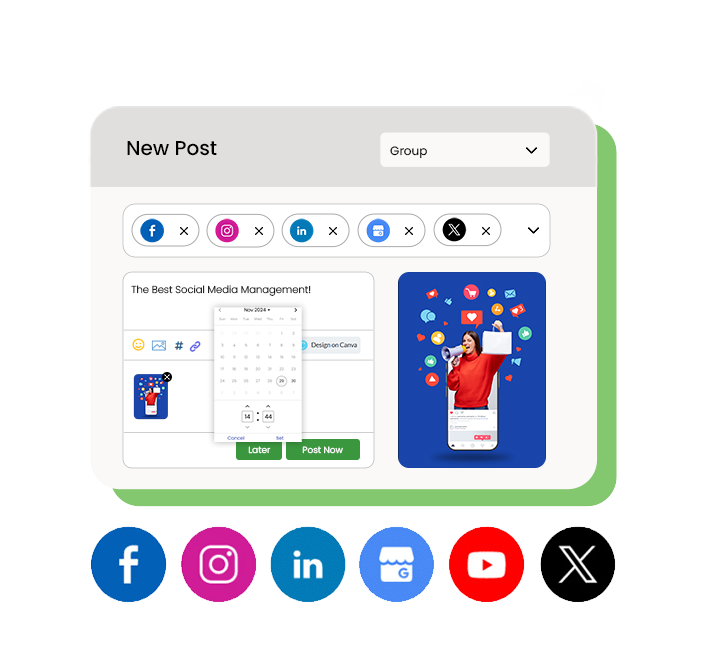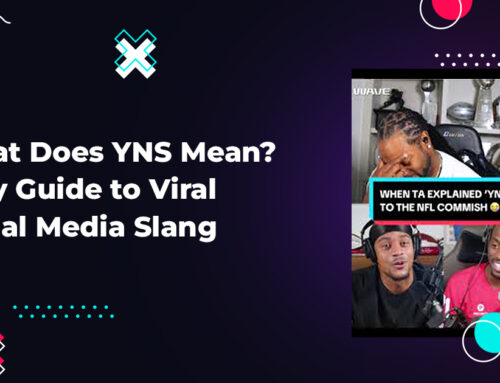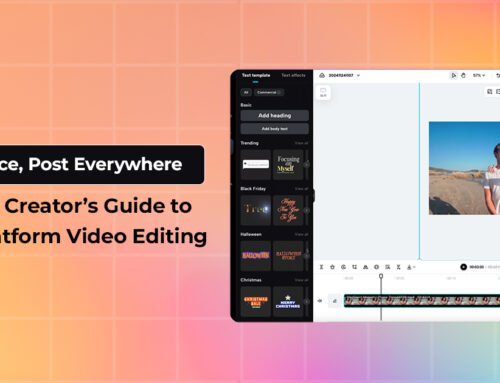Hashtags: What They Are & How to Use Them Effectively
Learn what hashtags are and how to use them to grow your reach on social media, the smart and simple way.
Rosin | 24 April 2025

Table of Content
In a world where social media is common, visibility is key. This is especially true for small businesses, freelancers, and individuals trying to grow their brands. One of the simplest and most effective tools to promote your social media appearance.
This blog will explain hashtags. We will cover the purpose and origin. We will also discuss how to use them for better engagement.
What Is a Hashtag?
A hashtag is a word or phrase before the ” #” symbol (for example, #Smallbusinesstips). When you use hashtags in social media posts, they become clickable. This lets users search for related content easily.
The Origin of Hashtags
Chris Messina first proposed the hashtag concept on Twitter in 2007. He suggested similar disciplines and conversations to use the pound symbol for the group. Read his original tweet:
“How do you feel about using # (pound) for groups.
While the idea initially faced rejection, Twitter officially adopted the hashtag in 2009 and clicked. These became a powerful tool to organize materials, spark viral trends, and increase search. Today, hashtags are integral parts of platforms such as Instagram, TikTok, LinkedIn, and YouTube.
What Is the Purpose of a Hashtag?
Before the social media algorithm became smart and personal, users had little control over what materials appeared on their feed. It was chaotic and often irrelevant. Hashtags were introduced to bring order to feeds by organizing materials in searchable categories. Once a hashtag is published in a post, it becomes a clickable, searchable link that allows the group to have the same conversation together.
Real-World Example
Consider the hashtag #Summervibes on TikTok. Clicking on it shows a special feed of videos. These videos have a summer theme. They include content about watermelons, pool parties, and mountain adventures.
This hashtag has more than 13.4 billion views, showing how the hashtag promotes the community and enhances access.

In Summary, Hashtags Help:
- Organize the content by subject.
- Increase post discoverability.
- Promote and access engagement.
- Connect users around shared interests.
- Help to join businesses or create trends.
Why Are Hashtags Important for Small Businesses?
If you are the owner, freelancer, or marketer of a small business in India, the hashtag may be your best friend on social media. Here’s why:
- Drive Organic Reach: You don’t have to pay for ads. Smart use of hashtags can attract the right audience.
- Target Niche Markets: With industry-specific hashtags (eg, #DigitalmarketingIndia), you reach people interested in your services.
- Improve Brand Visibility: Branded hashtags such as #Storefries can create stability and brand recall.
- Boost Campaigns: Promoting events, sales, or new launches with #Monsoondeals, such as campaign-specific hashtags.

Types of Hashtags You Should Know
1. Branded Hashtags – Unique to your business, such as #StorefriesTools or #YourBrandName
2. Industry Hashtags – Related to your niche, e.g., #ContentMarketing, #Ecommerce

3. Community Hashtags – Used by groups with common interests, like #WomenEntrepreneursIndia
4. Event Hashtags – For special events or launches, e.g., #DiwaliSale, #StartupMeet

5. Trending Hashtags – Popular tags in current conversations, often time-sensitive
6. Location Hashtags – For targeting local customers, e.g., #ChennaiStartups, #DelhiShops

How to Use Hashtags Effectively
1. Research Before Posting
Use tools like:
- Hashtagify
- RiteTag
- Instagram Search.

These help you find hashtags with high search volume but lower competition.
2. Use a Balanced Mix
Aim for:
- 1–2 branded hashtags
- 3–5 niche/industry hashtags
- 1–2 trending or local hashtags
3. Customize for Each Platform
Each platform has a different best practice:
Instagram: On Instagram, you can use up to 30 hashtags for each post. To get the best hashtag for Instagram results, choose popular, niche, branded, and location tags wisely. Add them to the caption or first comment, rotate the set to avoid spam, and tailor them for each material type. Track results with tools such as Instagram Insights or Storefrey to improve your strategy.
Twitter/X: 1-2 relevant hashtags for better readability.
LinkedIn: Stick to 3-5 professional hashtags.
Facebook: On Facebook Reels, it’s best to use only a few hashtags, as overuse can make your content look like spam. To add hashtags after posting, go to your Reel, tap the three dots, and select “Edit post.” Add relevant hashtags that are specific and engaging, without overloading your caption. Using too many hashtags can lead to spammy appearances, so keep it concise and focused.
TikTok: Mixing trending and content-specific hashtags.

4. Create Your Hashtag
Want to create a community or campaign? Start with a branded hashtag. For example, #Storefries tips can be used in educational or promotional positions.

5. Use Hashtags in Stories & Reels
The hashtags are not only for feed posts – to use them in stories, reels, and YouTube shorts to promote the search in search sections.
6. Analyze & Optimize
Use Insights Tools (eg, Instagram analytics or Meta Business Suite) to track the hashtag performance. Identify which people are helping you grow, and which are not there.
Tools for Hashtag Strategy
| Tool | Purpose | Free Version |
|---|---|---|
| Hashtagify | Search volume & competition | Yes |
| Meta Business Suite | IG/FB hashtag performance | Yes |
| Later | Instagram hashtag suggestions | Yes (limited) |
| Keyhole | Campaign tracking | Free Trial |
| Storefries | Hashtag scheduling & automation | Yes |
Hashtag Mistakes to Avoid
Even powerful equipment can backfire due to misuse. There are common mistakes to avoid here:
Using irrelevant hashtags: Do not add unrelated trending hashtags to your post. This idea can get but not the right audience.
Overstuffing hashtags: Adding lots of hashtags (especially on Facebook or LinkedIn) can hurt the visibility of your post
Ignore data: No analysis of hashtag performance = opportunities to be ruined. Always track the results and adjust.
Using the same tag repeatedly: Repeating the same set every time can flag down your content in the form of spam.
Not using location-specific tags: For businesses in India, places like #Mumbaicafe or #Delhimarketing help local users connect easily.
Example Strategy for a Storefries Post
Suppose you are announcing a new feature in your social media automation tool:
caption:
“Introduction to our new auto-posting calendar to simplify your content plan! Freedom for freelancers and small business owners. #SocialMediaAutomation #StorefriesTips #MarketingTools #SmallBusinessIndia #ContentPlanner #ProductivityHacks”
This combination targets your niche, promotes your brand, and connects with your Indian audience.
Conclusion
Hashtags are more than just trending symbols. They help increase visibility, encourage deep engagement, and build strong communities. For small businesses in India, using a good hashtag is a smart way to compete. This is true even with a limited budget.
By understanding hashtags, their purpose, and how to use them, you can make your social media presence strong.
Want to simplify your hashtag strategy?
Try storefries-an all-in-one social media automation tool created for small businesses and freelancers. Conduct the schedule post, hashtag, and track the performance – all in the same place.
❓ Frequently Asked Questions (FAQs)
1. What is the ideal number of hashtags to use on Instagram?
You can use up to 30 hashtags on Instagram, but studies suggest 11–15 well-researched hashtags offer optimal results.
2. Should I use the same set of hashtags every time?
No. Repeating the same hashtags may look spammy and reduce engagement. Rotate your hashtags and tailor them to each post.
3. Do hashtags work on LinkedIn and Facebook, too?
Yes. Hashtags are effective on LinkedIn (3–5 is best) and can work on Facebook, though they’re less popular. Use sparingly for clarity.







Leave A Comment